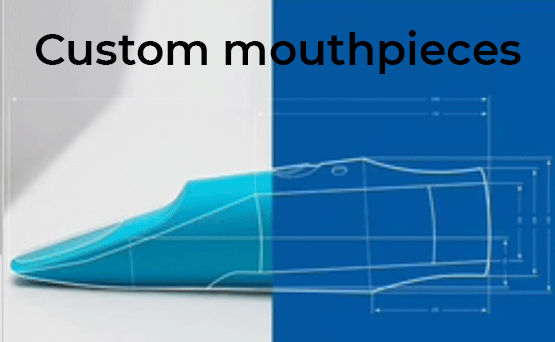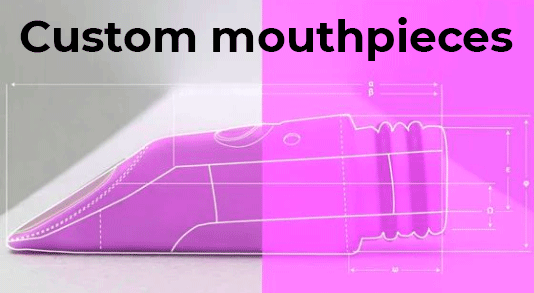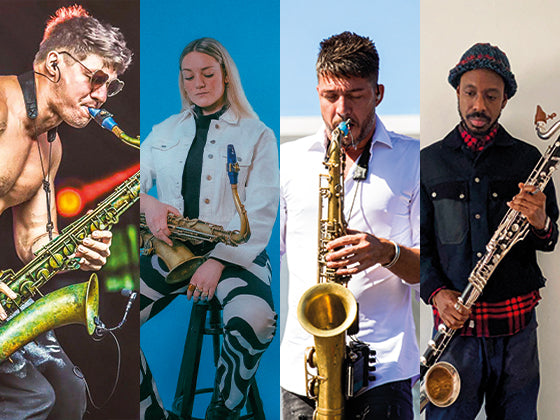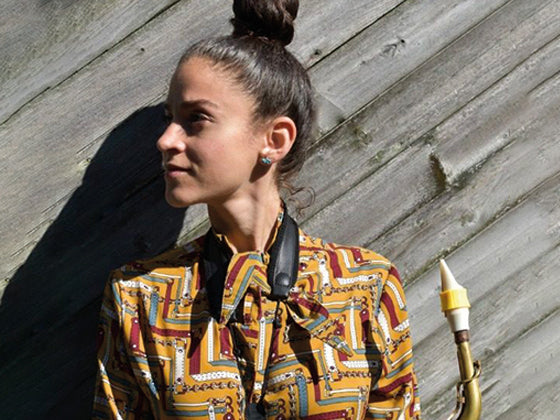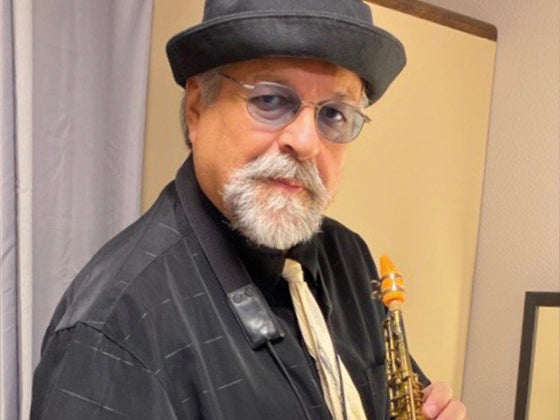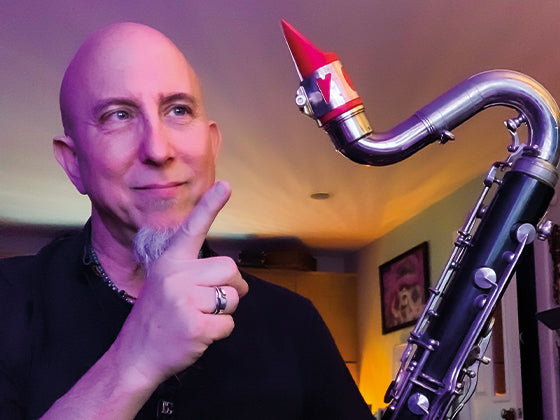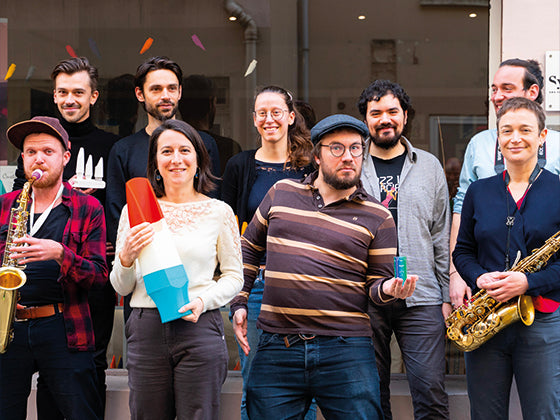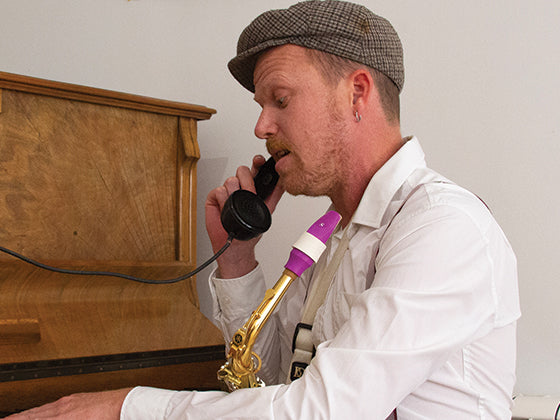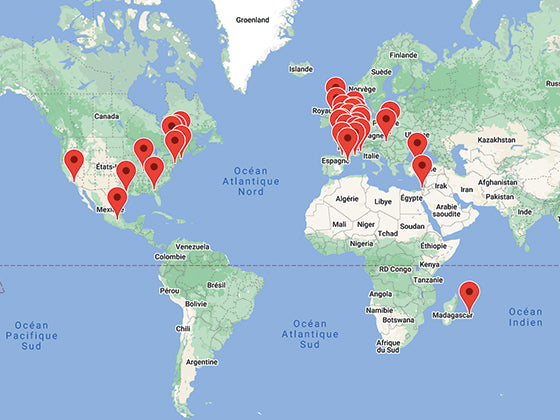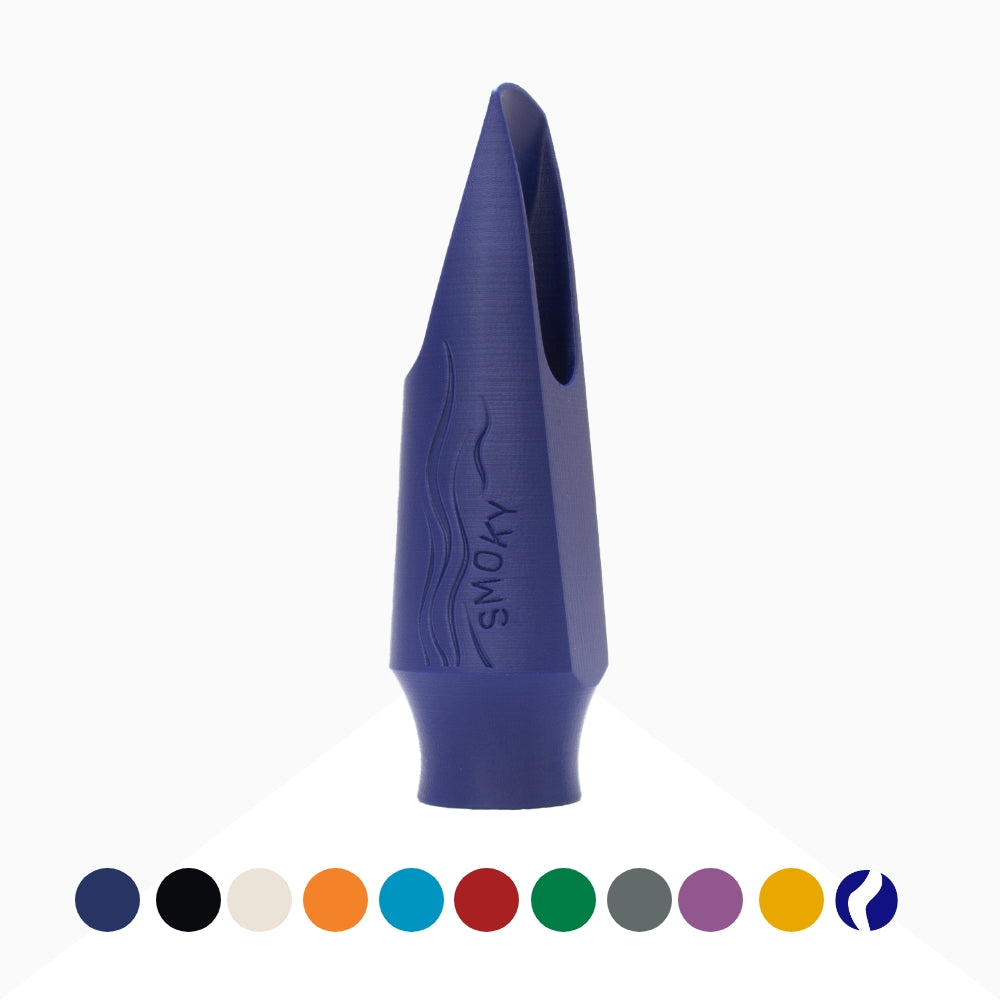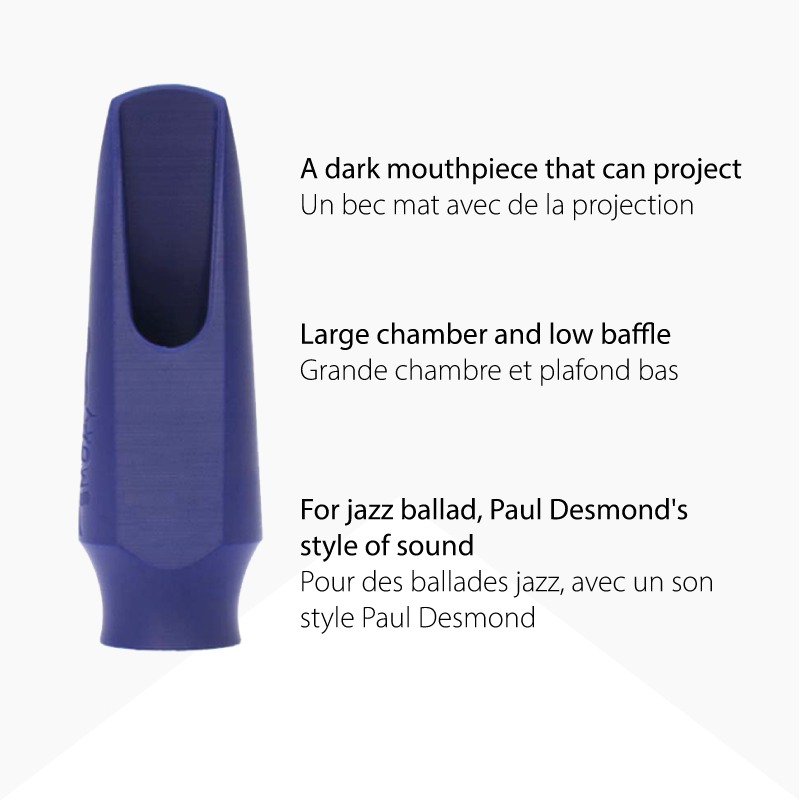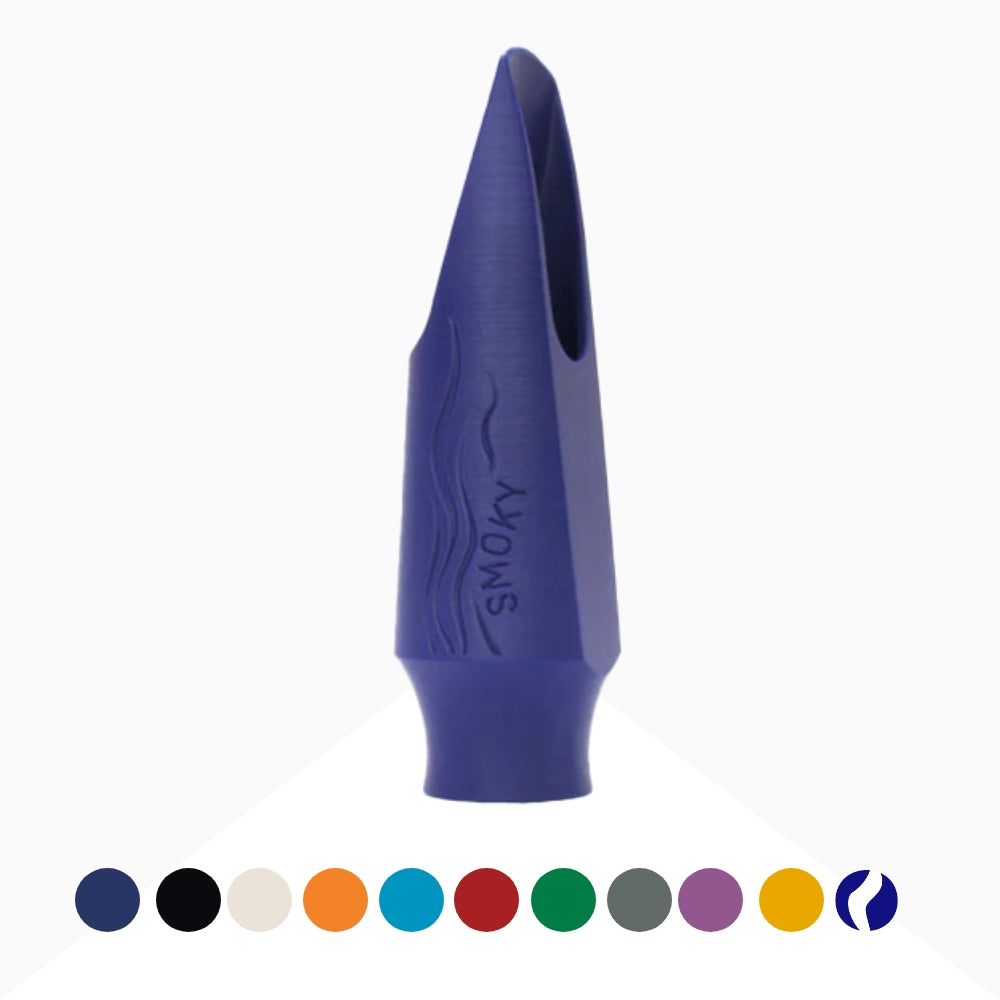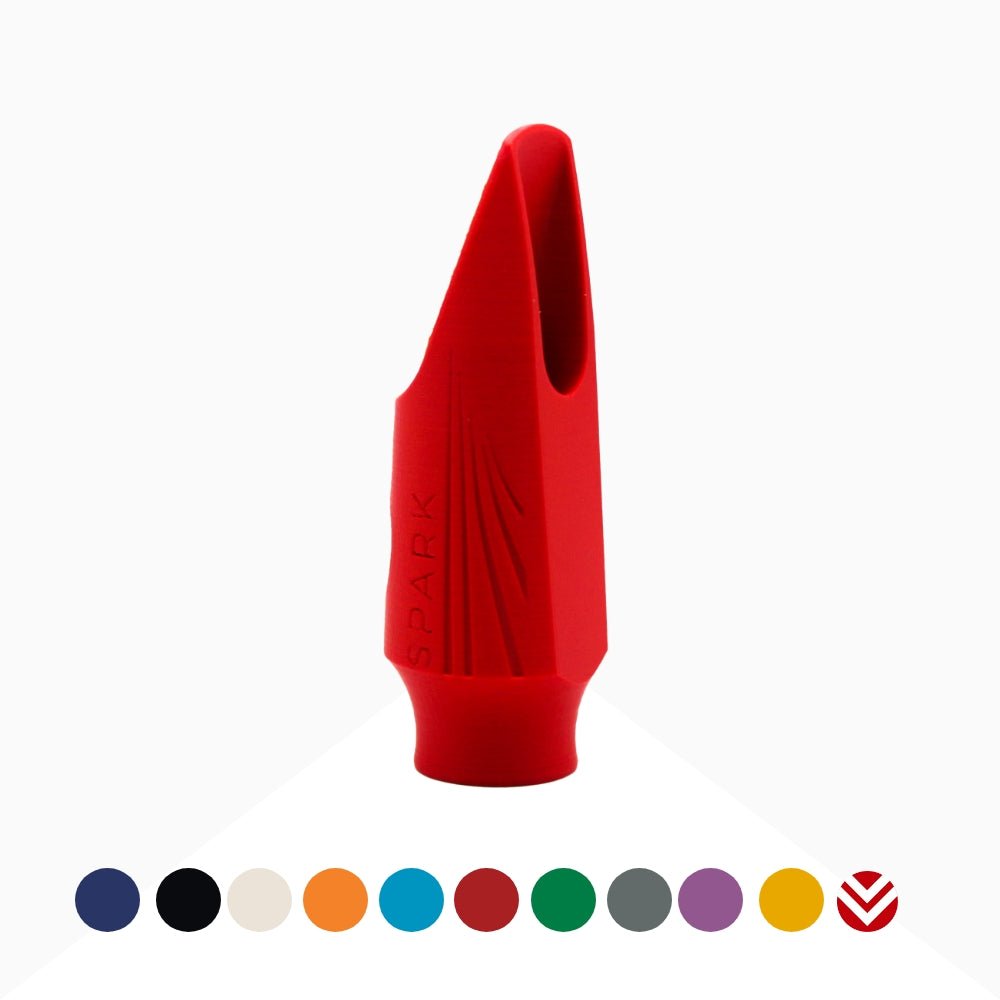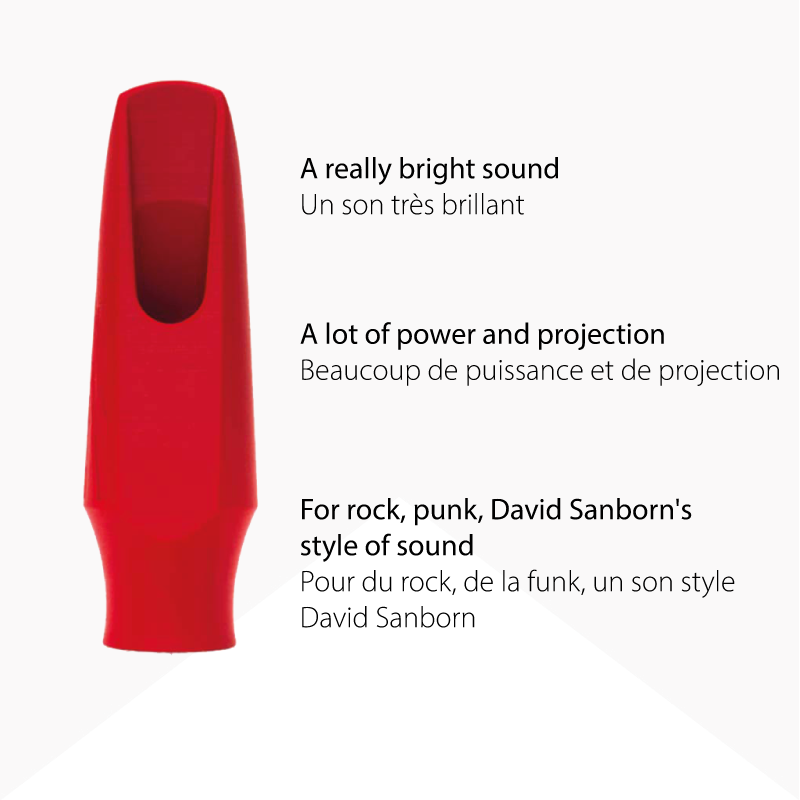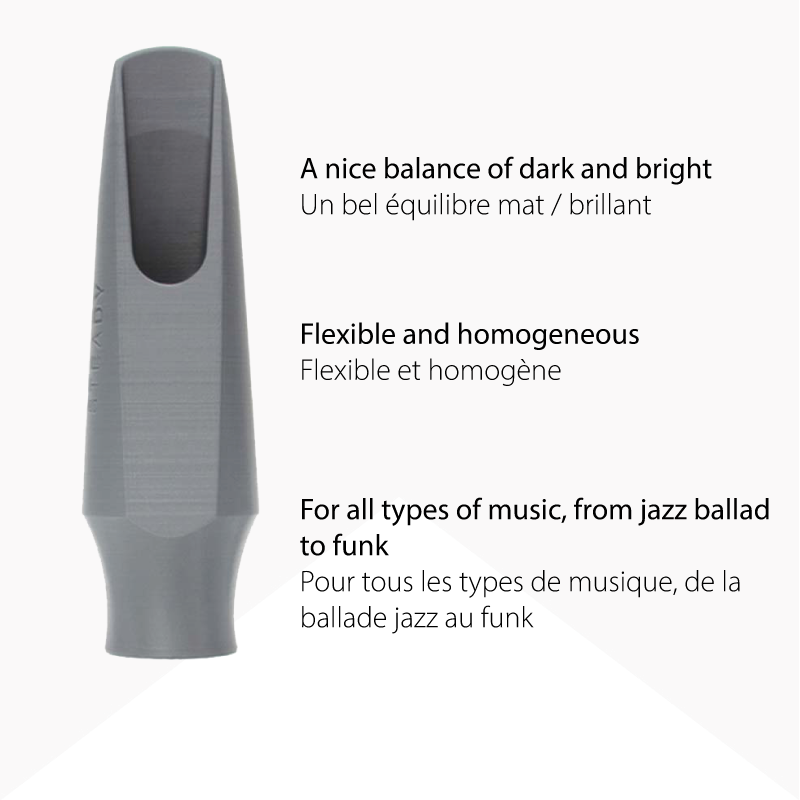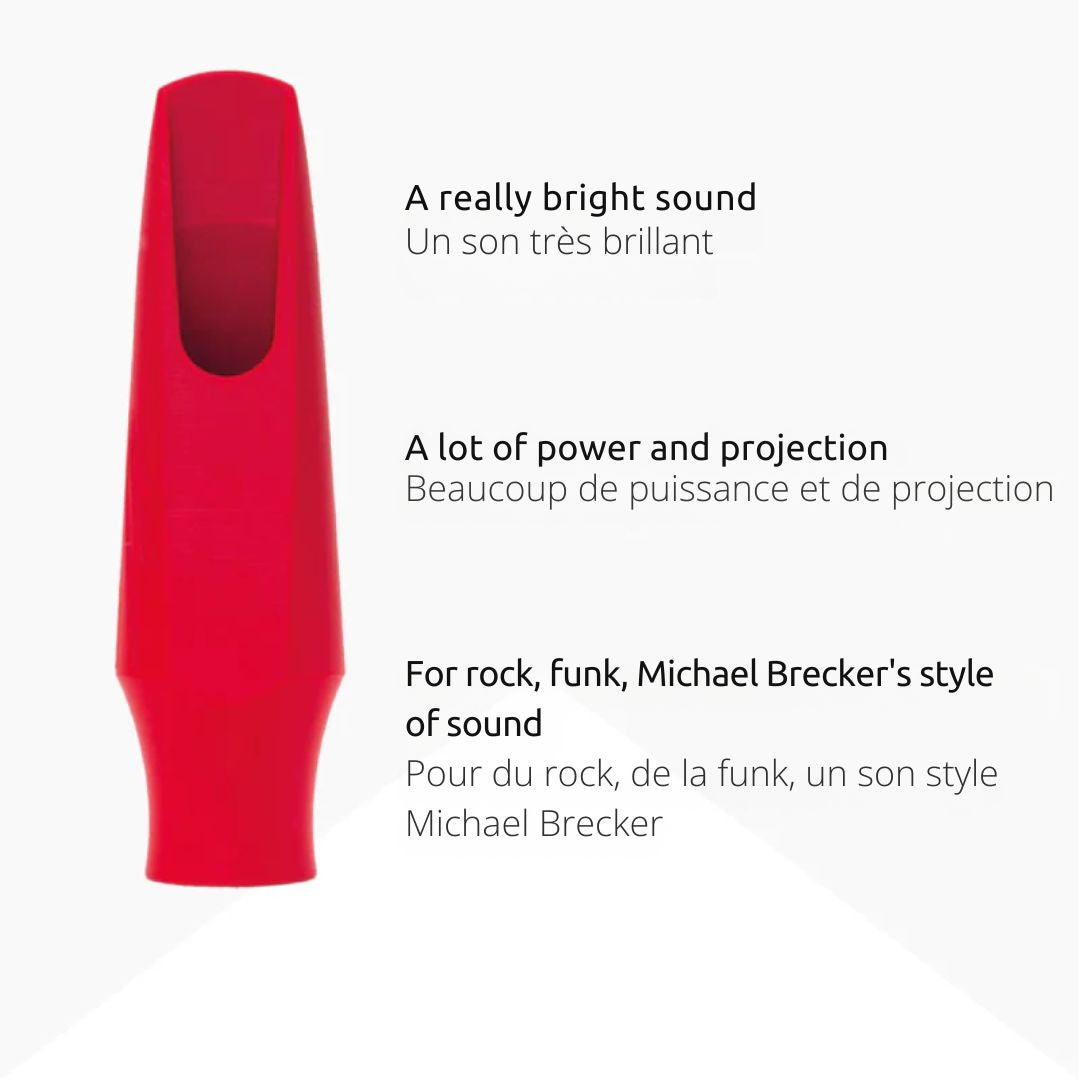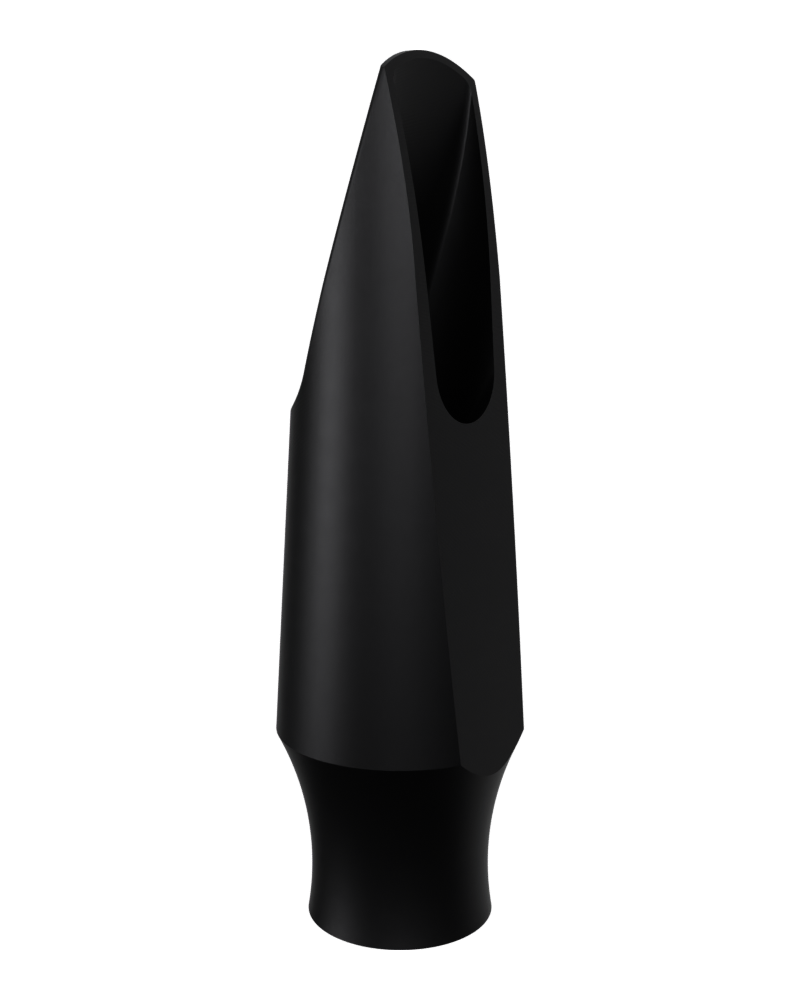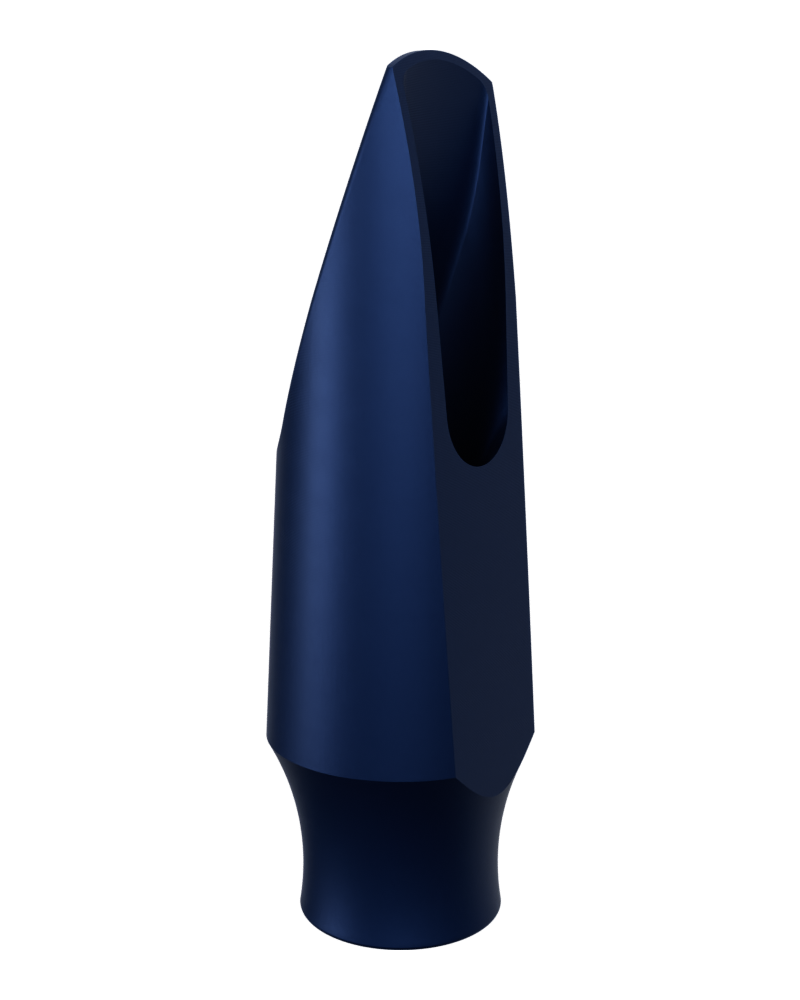Prohibition once gave rise to the speakeasy and, with it, the modern jazz club. Musicians played long nights in smoke-filled rooms, often underpaid, yet those same conditions built the music’s grit and endurance and introduced jazz to new generations of listeners and players. A century later, the pandemic brought a similar irony. With live gigs erased overnight, Emmet Cohen turned his Harlem apartment into a weekly livestream. This time, though, the musicians were fairly paid and no one had to worry about mobsters at the door.
At first it was an iPhone, a few lamps, and a trio. Very quickly it became a community. Only about eight guests could squeeze into the fifth-floor walk-up by invitation, while thousands tuned in online each Monday. Five and a half years and 137 episodes later, Live From Emmet’s Place had become the most-watched regular jazz concert of its kind, complete with pristine sound and multi-camera production. The final episode, featuring returning players like Syos artists Patrick Bartley and Tivon Pennicott, marked the close of an era for the series. You can watch or listen to it below as we look back at how Emmet’s Place grew into something extraordinary.
The concept of Emmet’s Place drew specifically on Harlem’s rent party tradition, born in the 1920s when Black tenants, facing higher rents and lower wages than their white neighbors, would clear their living rooms, hire a band, and charge a small fee at the door to make the month’s rent. These gatherings became both a lifeline and a laboratory, giving rise to the sounds of stride piano and swing and shaping the early language of jazz itself.
Cohen’s version honored that period, only this time the “room” was online, and open to far more guests than any Harlem apartment could ever hold. Emmet Cohen has said in interviews that, although studying history is essential, over-reverence can freeze the music. Emmet’s Place respected the roots and made them feel present in today’s context, where online spaces are part of a working musician’s world.

Featuring Patrick Bartley with his Syos mouthpiece
Cohen’s path helps explain the magnetism. A former prodigy with a master’s from the Manhattan School of Music, he’s performed with Christian McBride, Joe Lovano, and Jimmy Cobb, and once met former President Barack Obama after placing 3rd in a national jazz competition. By early 2020, his trio had a full year of gigs booked, including Jazz at Lincoln Center with Freddy Cole, before the pandemic hit. Also a devoted teacher, Cohen regularly gives master classes and lectures around the world. Alongside Russell Hall on bass and Kyle Poole on drums, he became an important figure in the New York jazz scene.
The great Benny Golson once recalled standing outside a club in Philadelphia with John Coltrane, listening to Charlie Parker play five forty-five-minute sets from 10 p.m. to 2 a.m. That kind of nightly immersion shaped generations of players.
Emmet’s Place carried that same spirit. Two-hour sessions were common, filled with standards, originals, shout choruses, and inside jokes. Regulars like Syos artists Patrick Bartley and Tivon Pennicott brought that frontline spark. The music breathed, stretched, and taught, and the live chats filled with tune IDs, timestamp requests, and transcribers at work. Somewhere out there, the next Coltrane may have been watching from their laptop at home.
Community proof
 Browse the comments on the final episode and five themes dominate:
Browse the comments on the final episode and five themes dominate:
- Gratitude and “end of an era” tributes.
- Personal impact stories, from pandemic lifelines to career inspiration.
- Questions about what comes next, and hopes for a 2.0.
- Setlists and timestamps
- Shout-outs to the production team for sound and camera work
Reading through them, it’s clear how much this series meant to so many. At Syos, we feel the same way and share that gratitude, from one set of music lovers to another.
At Syos, we respect the roots and contexts that shaped this music while updating the tools that serve it today. Each mouthpiece is crafted with advanced 3D printing, FDA-certified materials, and precise acoustic design to meet modern performance standards. The result is a sound that honors the past while embracing the future: expressive, personal, and easy to play.
They come in a wide range of colors, reflecting the vibrancy, joy, and personality that define every player.
See for yourself with a 30-day trial, and discover how Syos can help you shape your own sound.
👉 Discover Syos Originals for Saxophone
👉 Discover Syos Originals for Clarinet

